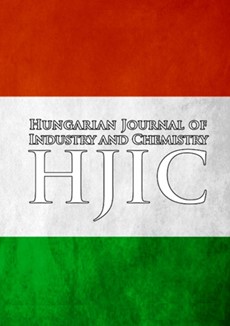How to Avoid Acid Corrosion of Laminated Solar Panels by Replacing the Encapsulant
DOI:
https://doi.org/10.33927/hjic-2024-18Keywords:
solar panels, EVA, EVA alternatives, Solar POE, acetic acid corrosionAbstract
Solar power is gaining more and more importance in terms of electricity generation worldwide. As the solar industry today is still linear (the majority of the panel waste is not recycled), ensuring a long lifetime of the panels is important. Today, the most commonly used encapsulant is ethylene-vinyl acetate (EVA), a copolymer prominent since the 1980’s. However, as this material ages, it releases acetic acid, which is highly corrosive. As a result, alternatives to EVA are required. In this paper, a prospective alternative, a polyethylene-based elastomer-type foil, namely a polyolefin elastomer (POE), is investigated and compared to EVA from a corrosion point of view. Firstly, the two raw materials are compared on the basis of their chemical composition and thermal stability. Both foils are used to manufacture a batch of standard solar panels, which are then subjected to a standardized climate chamber test. During and after these tests, the power generated by the solar panels is monitored and the state of the wafers examined by an electroluminescence test. Furthermore, the effect of the free acetic acid is examined in a corrosion model test, where the subjected wafers are compared in a before-and-after microscopic examination.




